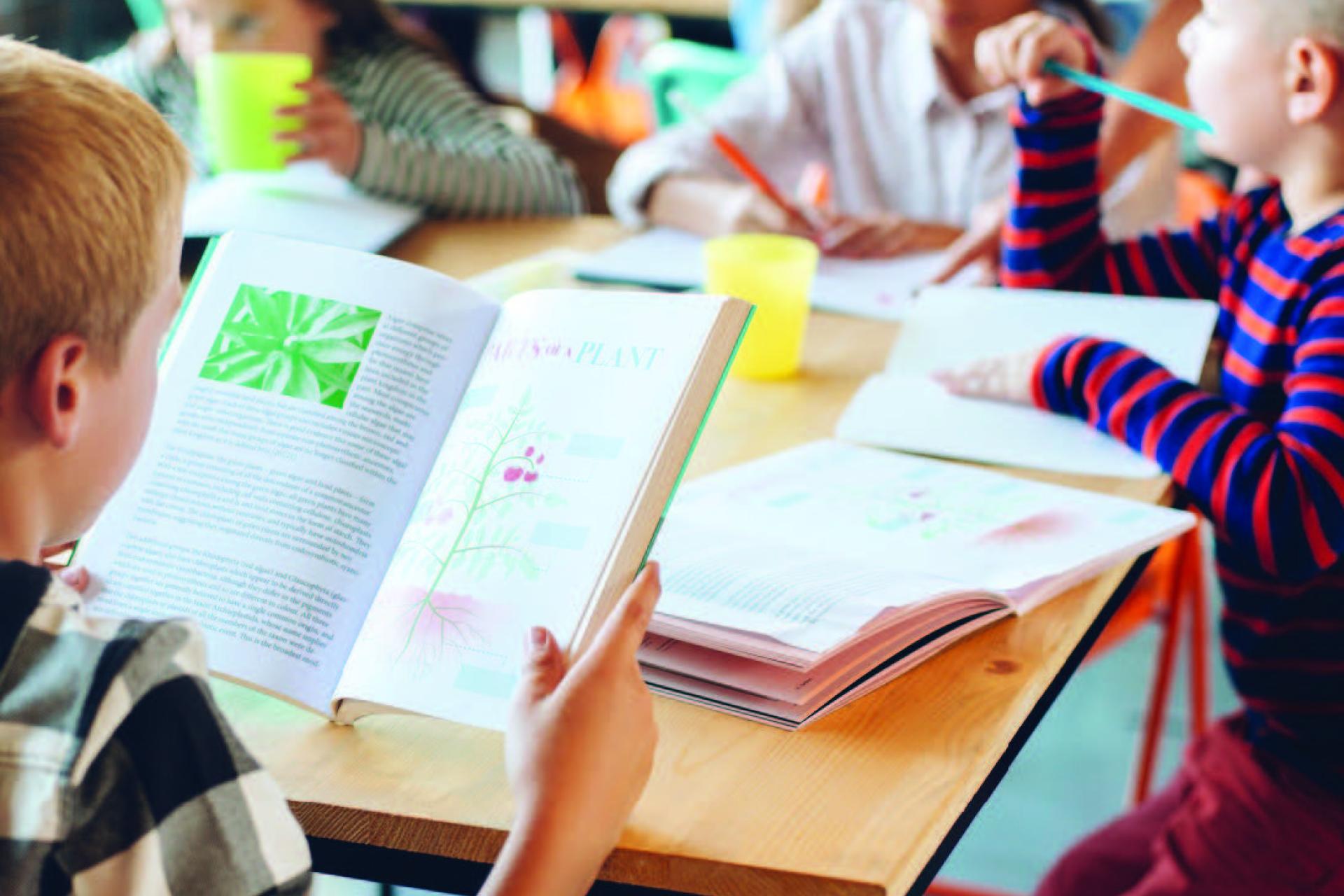
Improving Educational Outcomes
Dec. 6, 2017
Education is not the filling of a pail, but the lighting of a fire,” goes the quote oft-attributed to Irish poet William Butler Yeats. But how best to light that fire?
George White, professor of Educational Leadership at Lehigh, identifies trends in education that are fueling learning around the globe.
All Schools Should Be Community Schools.
Community schools engage partners to collaboratively support the needs of students and their families. Using smart phones as an analogy, the way that community schools operate should depend on the apps needed, whether it’s health care support or expanded learning opportunities. It’s not about the partners; it’s about the schools’ needs.
Early Education Should Be High Quality.
Preschool children need more than babysitting; they need to be actively engaged in learning experiences. Children learn through play—how to problem-solve and socialize. Then, when they reach a formalized curriculum, they already know what it means to be a learner. Early education programs can be home- or center-based, depending on preferences.
Put the Focus on Literacy Instruction.
Schools need to train teachers in utilizing well-researched reading strategies to support children in earlier grades— how to decode words, increase comprehension and build vocabulary. As children later read to learn in upper-level grades, high-quality literacy instruction should be embedded in science, math and other courses.
Learning Should Be Applied.
As early as middle school, students should be shown practical applications for math, science and other curricula. It’s a motivator when students can apply their learning to something they can see, feel and touch. As example, students would use their math skills to solve problems in daily living, such as building a household budget or figuring out how many people can fit in a room.
Learning Should Be Interdisciplinary.
Teachers in different classes, such as calculus and physics or humanities and social studies, should share ideas and learning goals to enhance instruction. Students will learn to think critically and make connections, and they will learn to apply knowledge in different ways to solve problems.


